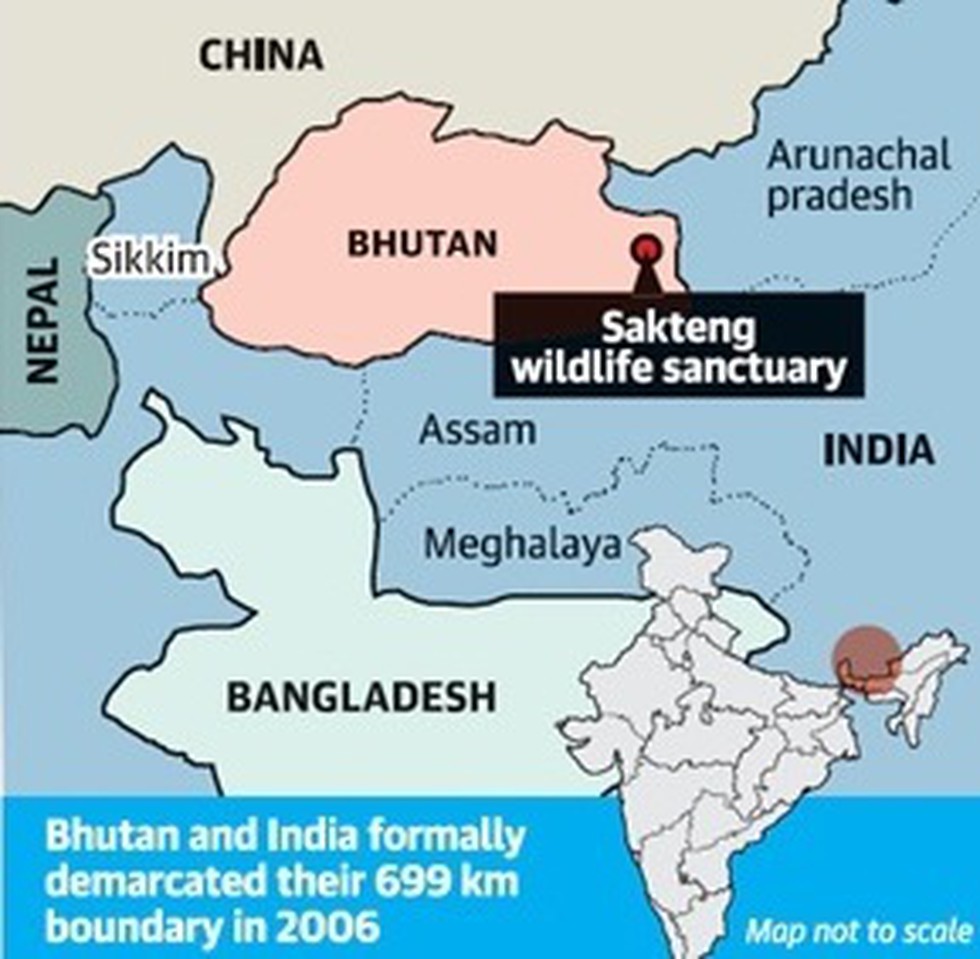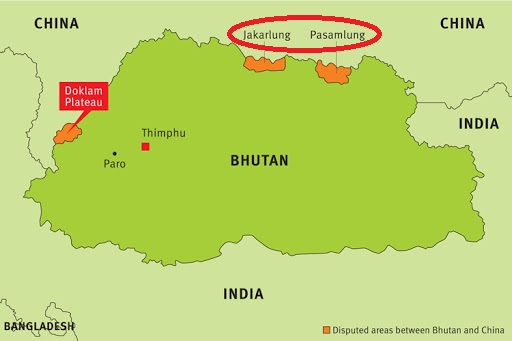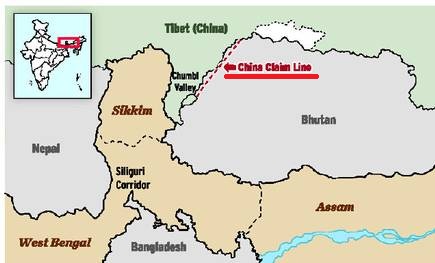7667766266
enquiry@shankarias.in
Why in news?
For the third time since early June 2020, China repeated its claim that Bhutan’s eastern boundary was a “disputed” area.
What was the recent claim?

Why are the claims unreasonable?


What are China's suggestions and Bhutan's response?
What possibly are China's motives?
What is the way forward?
Source: The Hindu